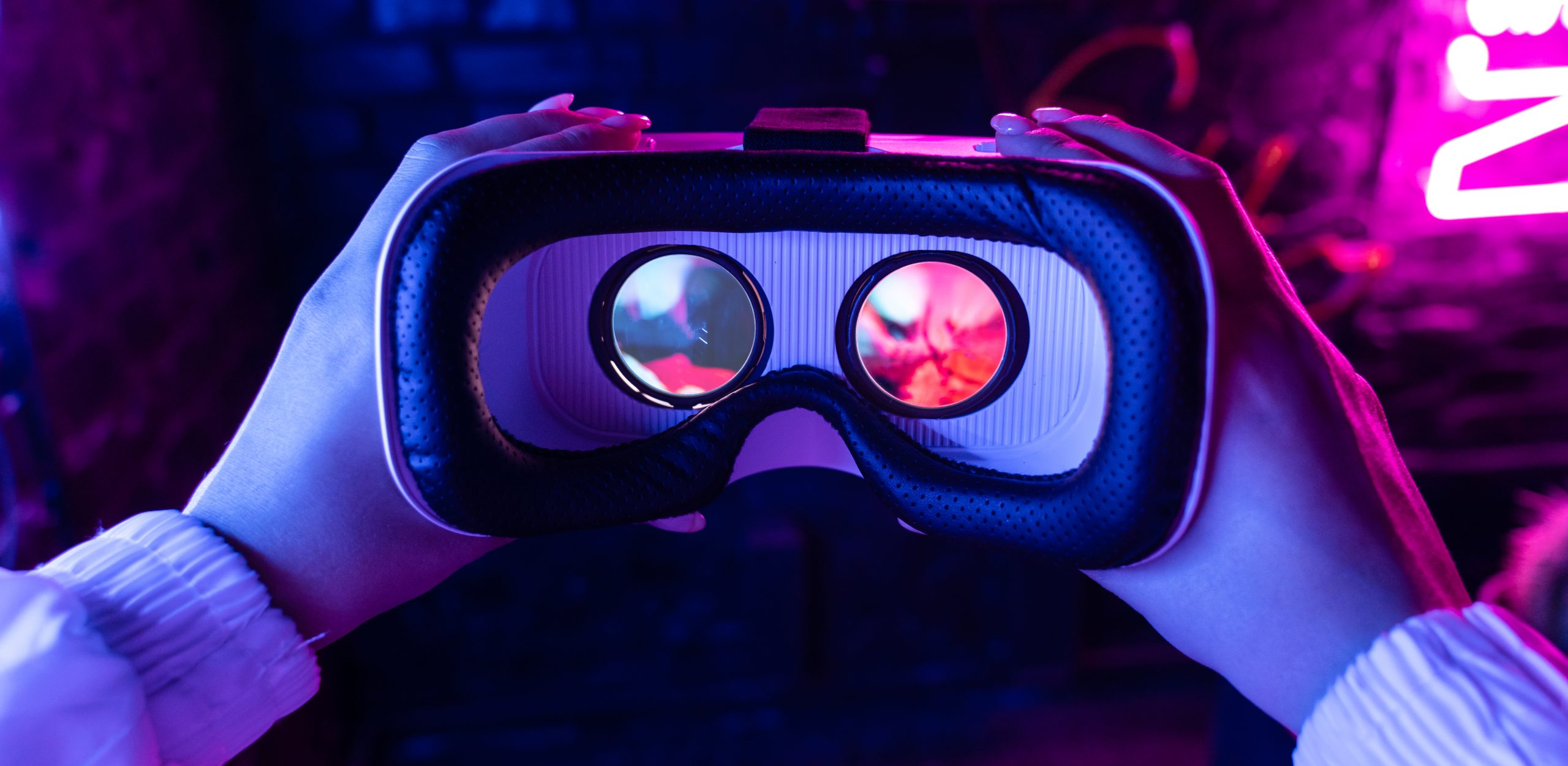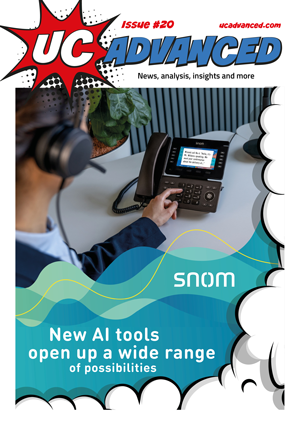The European AR/VR market is poised for explosive growth, with projected spending reaching $10.5 billion by 2027. Despite macroeconomic challenges, industries such as consumer, retail, and discrete manufacturing are driving significant investment in AR/VR technologies. The shift towards remote and hybrid work environments has fueled the demand for collaboration tools, positioning collaboration as the fastest growing use case. AR/VR solutions provide immersive and engaging experiences, ensuring seamless team activities and enhancing productivity. As businesses embrace the transformative potential of AR/VR, they are poised to thrive in an increasingly digital landscape.
European AR/VR spending is projected to reach $10.5 billion by 2027, growing at a 24.9% CAGR between 2022 and 2027.
- Consumer, retail, and discrete manufacturing industries will be the top spending sectors in 2023, accounting for 63.7% of total spending.
- Collaboration is identified as the fastest growing use case by 2027, driven by the shift towards remote and hybrid work environments, with AR/VR technologies enhancing engagement and ensuring continuity in team activities.
Step into a world where reality and virtuality intertwine, propelling European businesses to new heights. The European augmented reality and virtual reality (AR/VR) market is on the verge of a remarkable transformation, with spending predicted to reach an astonishing $10.5 billion by 2027. As the digital revolution continues to reshape industries, AR and VR technologies are emerging as powerful tools to drive growth and collaboration in the hybrid work era. Let’s dive into the exciting details that lay the foundation for a future where innovation knows no bounds.
European AR/VR Market Set to Soar to $10.5 Billion by 2027
According to the latest press release from the International Data Corporation (IDC), the European augmented reality and virtual reality (AR/VR) market is projected to reach impressive heights in the coming years. In 2023, spending on AR in Europe is expected to reach $1.1 billion, while VR spending is estimated to hit $3.4 billion. By 2027, the combined AR/VR spending in the region is forecasted to soar to $10.5 billion, reflecting a remarkable growth rate of 24.9% compounded annually between 2022 and 2027.
While the current forecast has seen a slight revision due to macroeconomic conditions and inflation, this year’s growth is expected to be robust, with spending anticipated to increase by 32.0%. These numbers highlight the strategic importance of AR and VR technologies in supporting organizations’ business objectives.
Collaboration Driving Growth in the Hybrid Work Era
Lubomir Dimitrov, research manager at IDC Data and Analytics in Europe, emphasizes the evolving landscape shaped by challenging macroeconomic conditions. Many European companies are adopting a cautious approach to IT investments, delaying some large AR/VR deployments. However, a shift in priorities towards maximizing return on investment (ROI) and increasing productivity and efficiency will continue to drive interest in AR and VR. The ongoing digital trend of “remote everything” and the focus on employee safety further contribute to the heightened interest in these technologies.
Spending Trends: Industries and Use Cases
The press release highlights that consumer, retail, and discrete manufacturing industries will be the primary drivers of AR/VR spending in 2023, accounting for a significant 63.7% of the total expenditure. In the business-to-business (B2B) realm, resource industries are projected to experience the most substantial long-term growth, with double-digit growth throughout the forecast period.
AR and VR solutions offer significant benefits to businesses across various sectors. They enable quick remote support and problem resolution, enhancing operational efficiencies in the event of asset failure. By augmenting human capabilities, these technologies also boost productivity. Additionally, AR provides a safer alternative to onsite training by allowing experts to virtually inspect dangerous areas without endangering site operators.
Driving Efficiency and Collaboration
The three primary B2B use case investments in 2023 will be training, online retail showcasing, and industrial maintenance. Virtual training has gained popularity as it provides employees with interactive and hands-on learning experiences in a safe environment, enabling them to acquire skills rapidly. In industries like manufacturing and transportation, virtual training proves to be a cost-effective alternative to traditional training methods.
Notably, collaboration is expected to be the fastest-growing use case by 2027, with an impressive five-year compound annual growth rate (CAGR) of 89.2%. With remote and hybrid working becoming the new norm, AR/VR technologies play a pivotal role in addressing collaboration needs. They go beyond conventional video and audio conferencing tools, offering immersive and engaging experiences that ensure the continuity of critical team activities.
Final Thoughts
The trajectory of the European AR/VR market is a testament to the rapidly evolving landscape of technology and its profound impact on businesses across the continent. Despite challenges posed by macroeconomic conditions, the demand for AR and VR solutions remains steadfast, fueled by a relentless pursuit of optimized ROI, increased productivity, and employee safety. The rising importance of collaboration in the hybrid work era further solidifies the role of AR/VR technologies as transformative tools for businesses. As we stand on the brink of an AR/VR revolution, it is evident that organizations embracing these immersive technologies will not only thrive but also reshape the very fabric of industries. So, let us embrace this future of endless possibilities and embark on a journey where the lines between the real and the virtual blur, leading us to unparalleled success.
FAQ
Q: What is the projected growth of the European AR/VR market?
A: According to the press release, the European AR/VR market is projected to reach $10.5 billion by 2027, reflecting a remarkable growth rate of 24.9% compounded annually between 2022 and 2027.
Q: What are the top industries driving AR/VR spending in Europe?
A: The press release states that consumer, retail, and discrete manufacturing industries are expected to be the primary drivers of AR/VR spending in Europe, accounting for 63.7% of the total expenditure in 2023.
Q: How do AR/VR technologies enhance business operations?
A: AR/VR technologies offer several benefits to businesses. They enable quick remote support and problem resolution, increase productivity by augmenting human capabilities, and enhance safety by providing virtual instructions and inspections in potentially risky environments.
Q: Which B2B use cases are expected to take the biggest share of investments?
A: The press release mentions that in 2023, training, online retail showcasing, and industrial maintenance are expected to take the largest share of B2B use case investments in the AR/VR market.
Q: How do AR/VR technologies support remote collaboration?
A: AR/VR technologies play a crucial role in addressing remote collaboration needs. They go beyond traditional video and audio conferencing tools, providing employees with more immersive and engaging experiences, guaranteeing the continuity of critical team activities.











